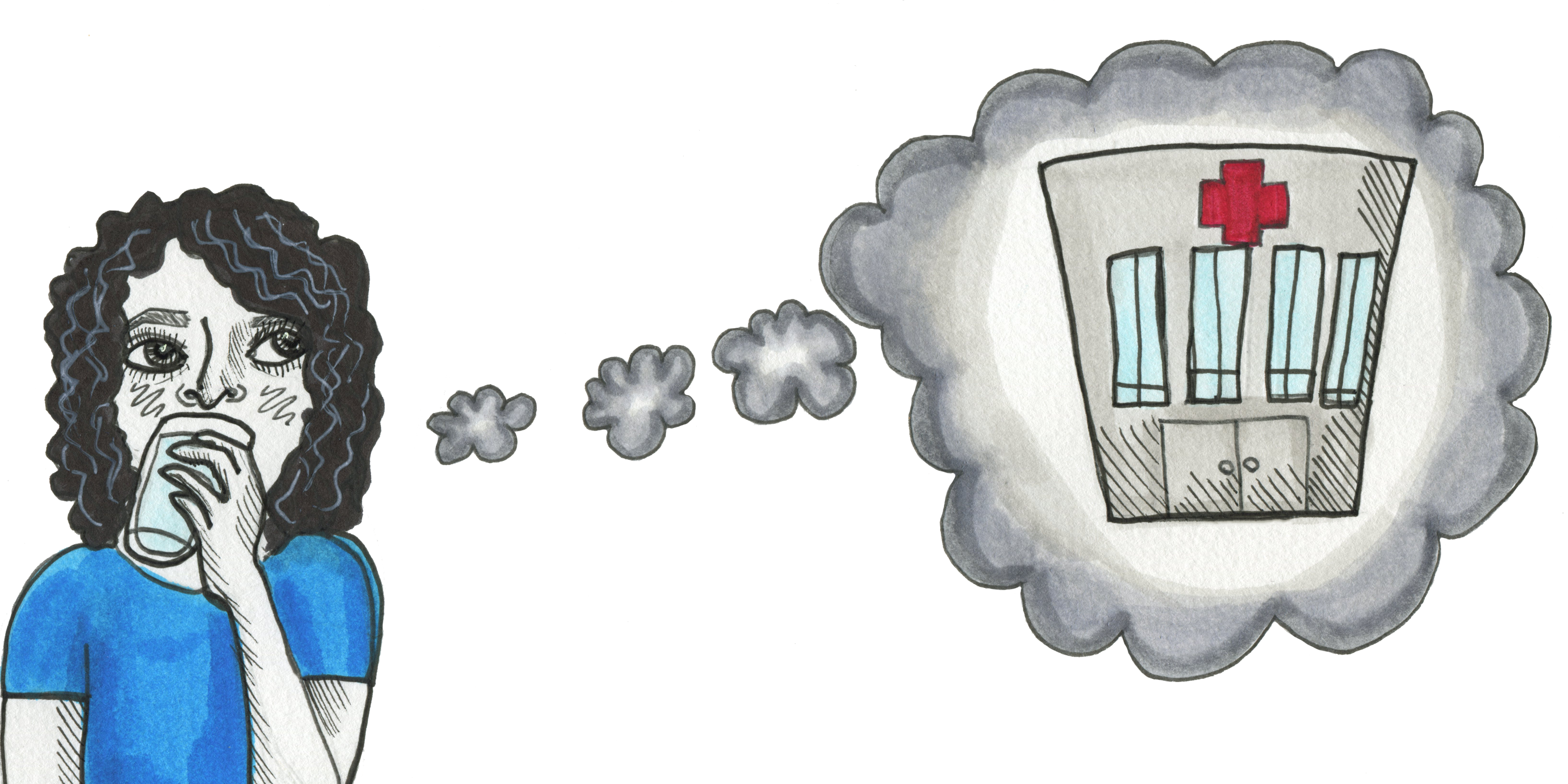More than 300,000 lead service lines distribute water to homes across Chicago. If you have elevated levels of lead in your water you might be wondering – what’s next? Although the Environmental Protection Agency (EPA) and Centers for Disease Control (CDC) have stated that there is no known safe level of lead exposure, there are still some precautions you can take to lower your exposure.
Although immediate exposure to lead won’t yield immediate health issues, it can bioaccumulate in the body over time. According to the EPA, young children, infants and fetuses are the most vulnerable to exposure as it effects cognitive and behavioral functions and development, which is most vulnerable in early childhood.
Interestingly enough, lead-based paint is the single most important contributor to elevated blood lead levels in children, but lead in water should not be overlooked. According to Deanna Durica, the Director of Lead Poisoning Prevention/Healthy Homes Unit at the Cook County Department of Health, water consumption is estimated to contribute on average 10 to 20 percent of a child’s total lead intake.
“I think the important thing here to think about is that there’s a clear connection between lead exposure and health impacts, no matter the source,” Durica said.
Lead is also harmful to adults and, in the worst case, can result in decreased kidney function, reproduction problems or increased blood pressure.
To minimize exposure to lead in water, there are multiple recommendations for residents from organizations like the EPA and the Cook County Health Department. One of the most common recommendations is to flush the water before use if it has been stagnant for several hours. The city of Chicago recommends a minimum of five minutes before consuming, which is standard to what the EPA recommends. You can even flush the pipes by doing a load of laundry, running the dishwasher or taking a shower.
It’s also recommended to use cold water over hot water, because hot water dissolves contaminants quicker, leading to a higher lead concentration. It’s important to note that the CDC states that boiling the water will not change the lead content. Overall, cold water should be used for cooking, drinking and most importantly preparing baby formula.
Durica also mentions that frequently cleaning the screen at the end of the faucet will also decrease chances of exposure, even more so if a certified water filter is utilized. If you are unsure if your water is contaminated, residents of Chicago can test their water for free by order a kit at www.chicagowaterquality.org If you are a resident of Cook County and not Chicago, you can view additional resources about lead risk assessments here.
In addition to taking these steps to avoid lead exposure through water, it’s also important to investigate any possible exposure from lead-based paint.
“Lead-based paint that is deteriorating or broken in homes built before 1978 are the biggest source of concern,” Durica said. “This is what puts people and most kids at risk. Folks who are concerned about lead in their environments need to be concerned about lead-based paint as well.”
Although there are no current grants or funds allocated to help private properties remediate lead piping, there are programs available to help fund the removal of lead-based paint in both Cook County and the city of Chicago.
The main requirement for these grant programs in Cook County is that there must be a child with elevated blood levels currently living in the home. In Chicago, a child under the age of six must live or frequent the home. Although these are not the only requirements, it is the main precondition, because these grants are geared toward limiting child exposure to lead.
Taking these precautions when consuming water can help reduce your exposure to lead, but doesn’t completely eliminate the risk. For more information on Cook County or the city of Chicago you can visit the Cook County Department of Health’s website or chicagowaterquality.org
This investigation was made possible by funding through the Illinois Humanities, News Integrity Initiative and the MacArthur Foundation.
Header illustration by Jenni Holtz, 14 East.




NO COMMENT